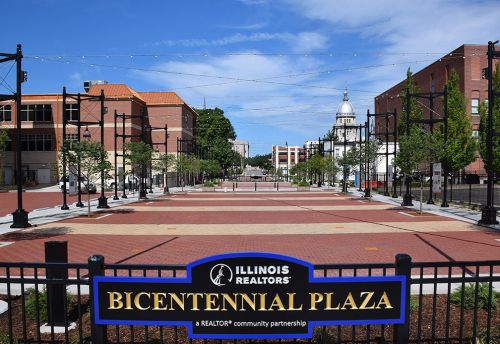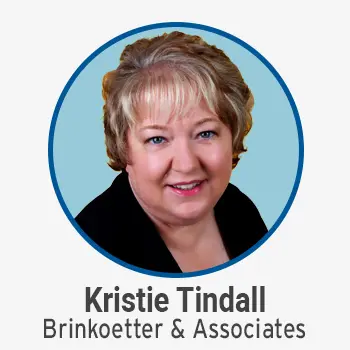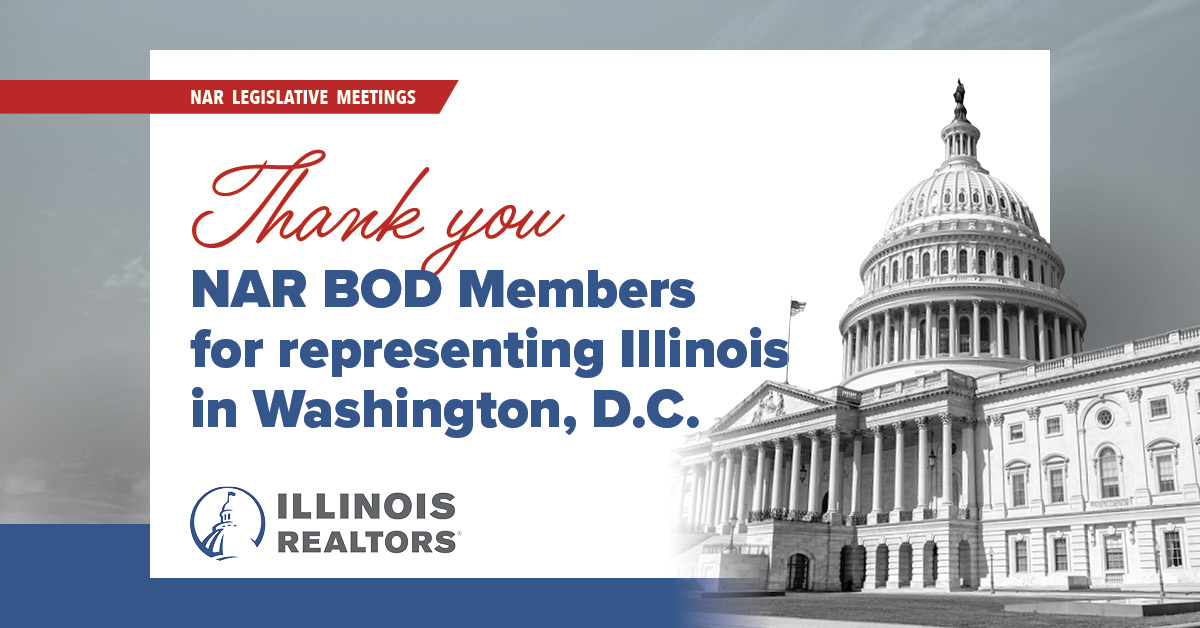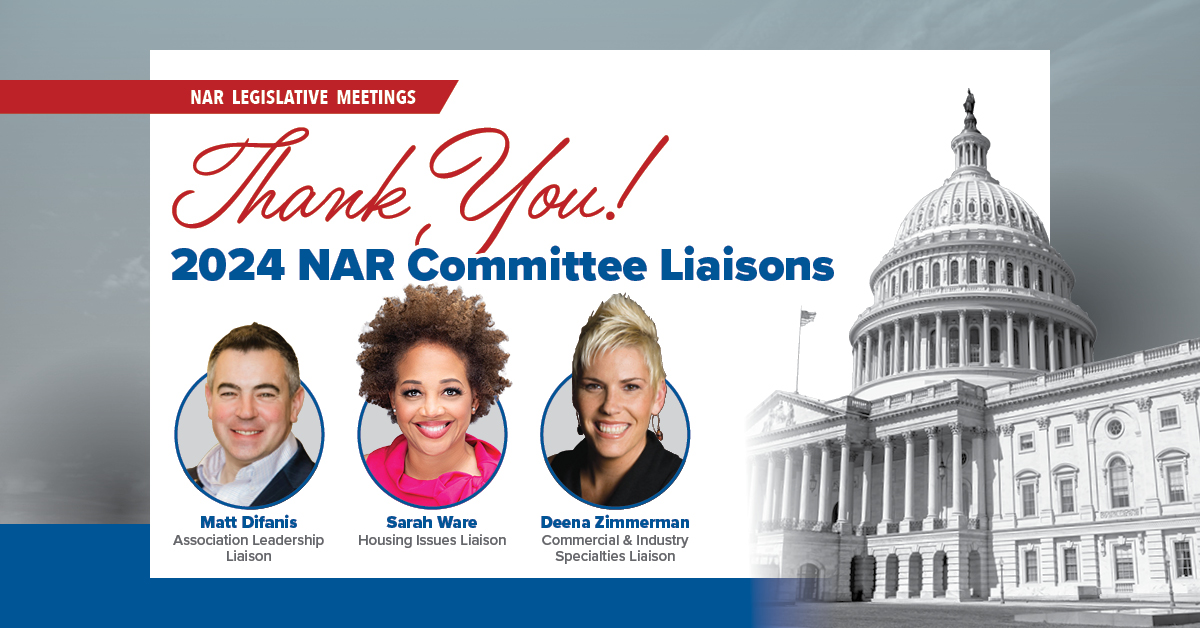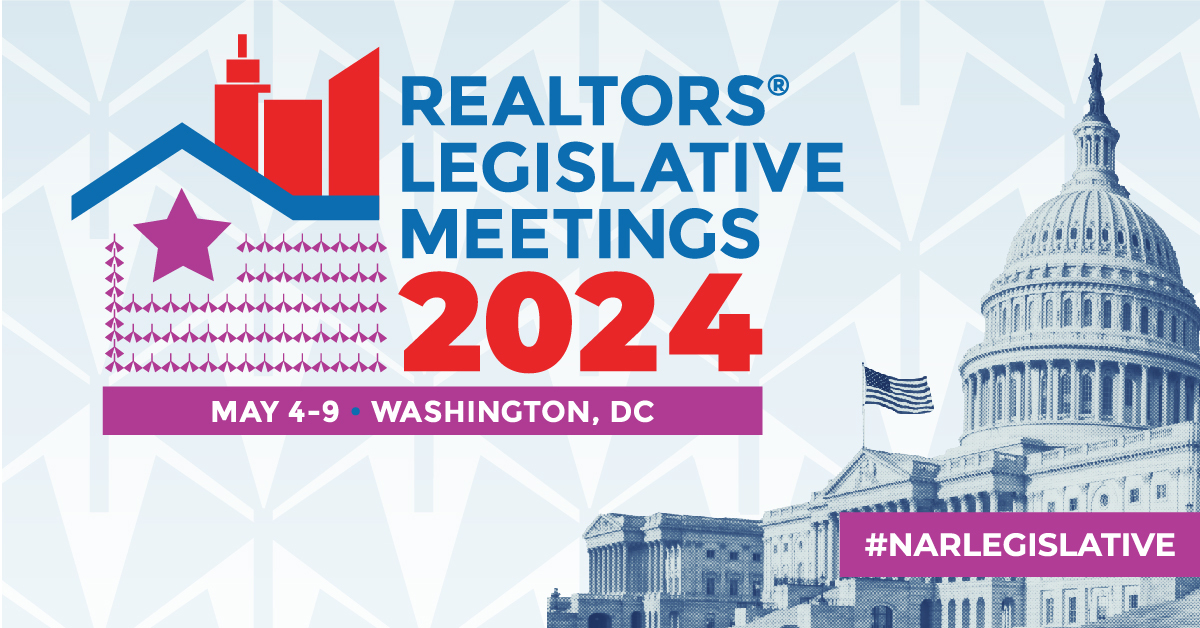Local communities stand to benefit from a new law, House Bill 2621, which was supported by Illinois REALTORS®.
The bill creates new property tax incentives to develop and preserve housing affordability for working families. The incentives are aimed at beautifying existing rentals, encouraging new housing investment, and creating more housing options. If utilized properly, this new tool will help local governments attract investment, new residents and a diversified tax base.
The incentive applies to new or rehabbed rental properties with seven or more units. For eligible properties, this legislation will allow a special assessment for 10 taxable years after the property is rehabbed or built. By providing predictability and stability, housing providers must pass those savings on to residents. And those savings are urgently needed; Illinois is short of at least 108,000 rental units for households earning 60 percent of the local area median incomes (AMI) according to Housing Action Illinois. In many areas, 60 percent of AMI means teachers, first responders and recent college graduates.
To qualify for the special property tax incentives, a newly constructed or rehabilitated property must contain at least seven rental dwelling units or be an existing multifamily building. A property must meet one of these three “level” requirements:
- Minimum of 15 percent of the building’s units have rents below maximum rents and occupied by households with household incomes at or below maximum income limits for 10 years. This level requires new construction or rehab costs at $8 per square foot and improvements of two primary building systems. This will result in a 25 percent decrease in assessed value.
- Minimum of 35 percent of the building’s units have rents below maximum rents and occupied by households with household incomes at or below maximum income limits for 10 years. This level requires new construction or rehab costs at $12.50 per square foot and improvements of two primary building systems. This will result in a 35 percent decrease in assessed value.
- A minimum of 20 percent of the building’s units have rents at or below maximum rents and occupied by households with household incomes at or below maximum income limits for 30 years. This level is available only in low affordability communities where 40 percent or less of the total housing stock for a municipality is affordable, determined by Illinois Housing Development Authority (IHDA). A more in-depth summary of the provisions and requirements of House Bill 2621 can be found here.
Currently, every county in Illinois has the power to do nothing (not opt out) and allow these incentives to take place, or they are able to opt out and not allow these incentives. Illinois REALTORS®’ Local Government Affairs Team and many Local Association Government Affairs Committees are encouraging counties NOT to opt out so these property tax incentives will grow more housing affordability throughout Illinois.




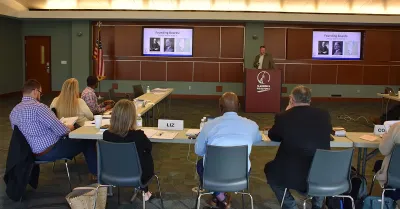 Create professional development programs that help REALTORS® strengthen their businesses.
Create professional development programs that help REALTORS® strengthen their businesses.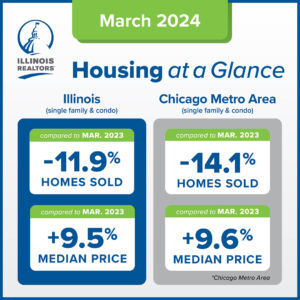
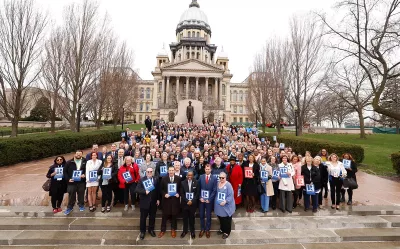 Protect private property rights and promote the value of REALTORS®.
Protect private property rights and promote the value of REALTORS®.
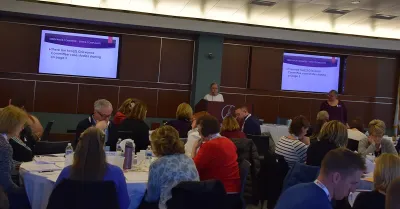 Advance ethics enforcement programs that increase REALTOR® professionalism.
Advance ethics enforcement programs that increase REALTOR® professionalism.
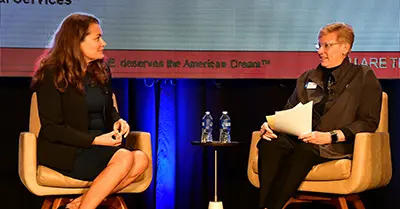 Protect REALTORS® by providing legal guidance and education.
Protect REALTORS® by providing legal guidance and education. Stay current on industry issues with daily news from Illinois REALTORS®, network with other professionals, attend a seminar, and keep up with industry trends through events throughout the year.
Stay current on industry issues with daily news from Illinois REALTORS®, network with other professionals, attend a seminar, and keep up with industry trends through events throughout the year.